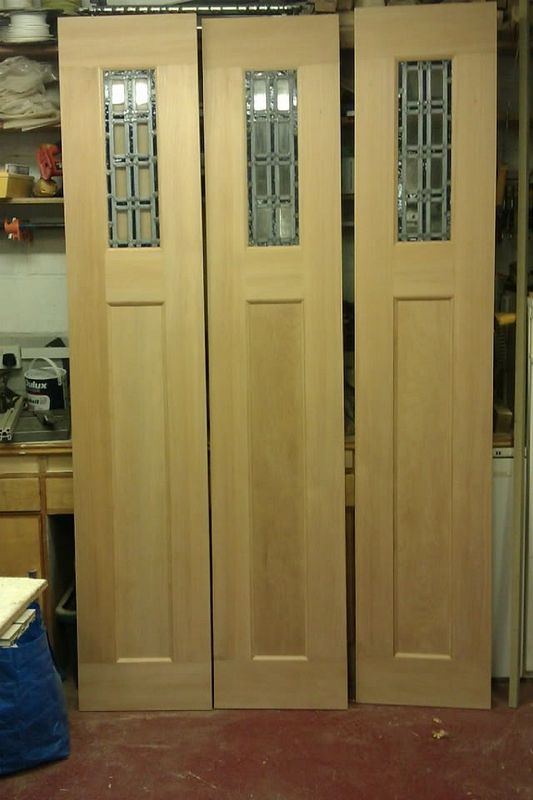brianhabby
Established Member
Hi All,
I have re-sawn some wood to get a bookmatch and now need to put it through the thicknesser to clean it up. Trouble is it is really thin (less than 3/16th of an inch in places).
How thin is it safe to go with a thicknesser?
regards
Brian
I have re-sawn some wood to get a bookmatch and now need to put it through the thicknesser to clean it up. Trouble is it is really thin (less than 3/16th of an inch in places).
How thin is it safe to go with a thicknesser?
regards
Brian



































